










How to easily understand alternative education
Alternative education can seem a mysterious, blurry concept to many. If you are not familiar with the idea, it might be intimidating to start digging into the topic by yourself.
The truth is, alternative education is a very broad categorisation, comprising a diversity of pedagogical theories and practices. There are a few aspects, though, that are common to many schools of thought in the scope of non-traditional education. These are ideas aiming to give each student the best, deepest and most fulfilling experience of the learning process – and they are often referred to as pedagogical principles.
In this article, then, we would like to present 10 ideas that lie at the core of alternative education, and for each of them, give some practical examples of how we apply them in our bachelor course in alternative education. Hopefully, this will help you to easily understand what alternative education is about.
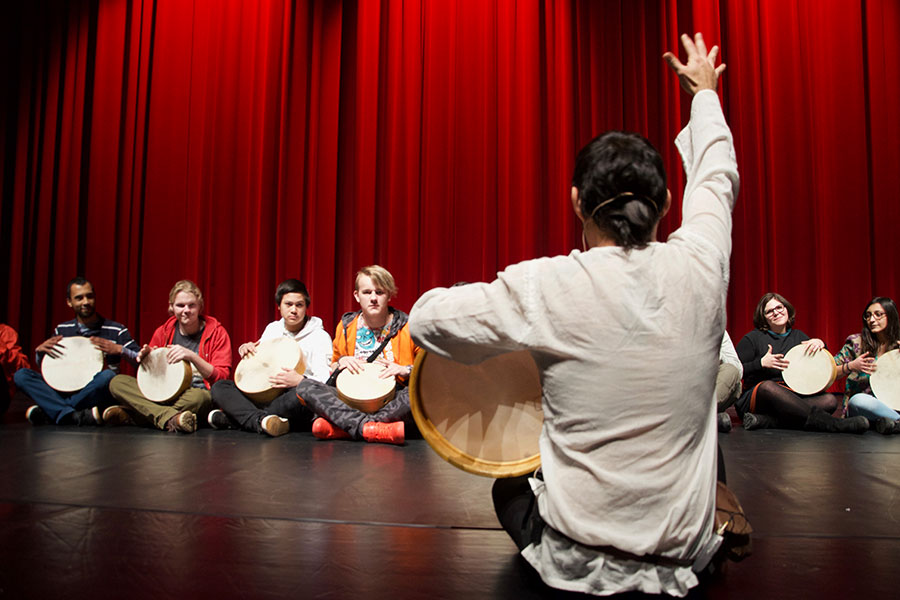
What are the pedagogical principles?
What we refer to as pedagogical principles are 10 underlying ideas of what, according to many pedagogical theories, education should be like, to ensure the real learning of an individual. Contrary to popular belief, non-traditional learning is not limited to primary education, and many of its practices can be applied to secondary and higher education, too, across diverse subjects and disciplines.
Often, the aim of alternative education is not to equip the student with theoretical and academic competences only, but to favour their development across diverse spheres of life – such as to help them develop social skills, practical abilities, healthy civic and interpersonal values, critical thinking, etc.
Alternative education, in other words, aims not to prepare its students to fit into a static status quo – but to raise well-rounded and independent personalities who can take charge of their own lives and have an impact on the world around them.
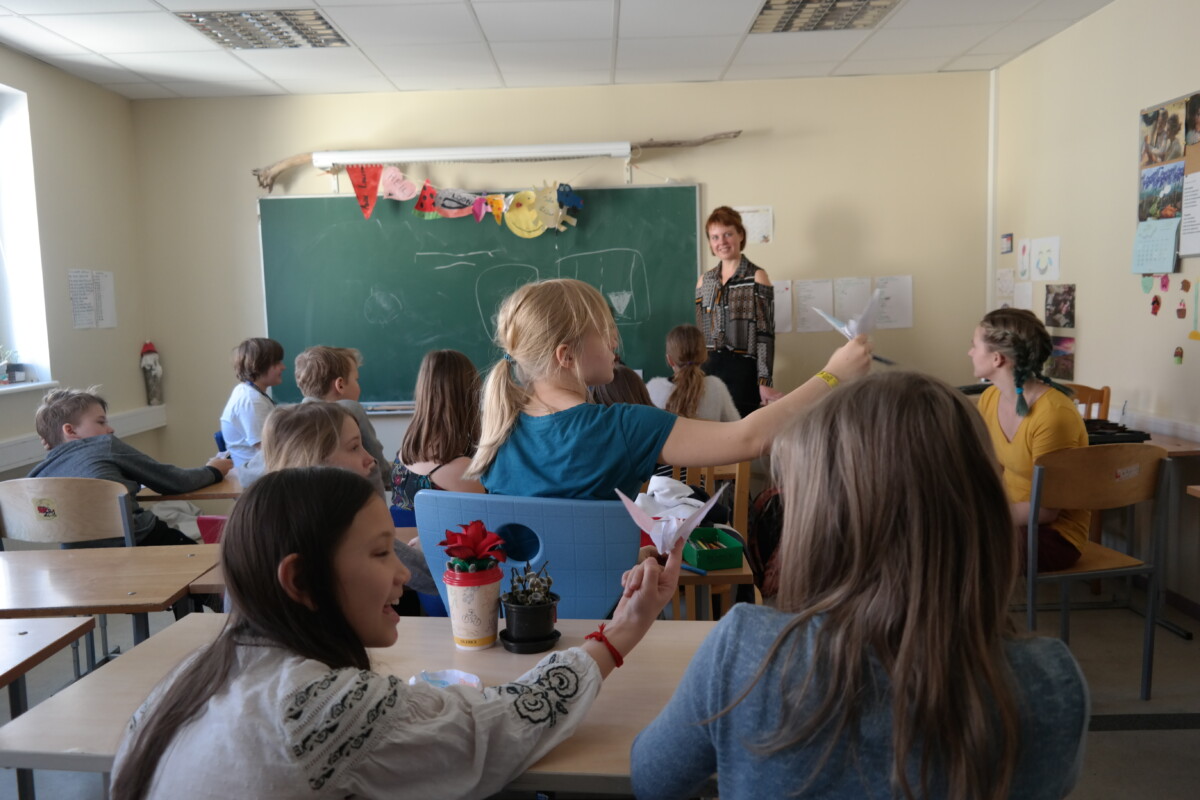
The 10 pedagogical principles
1. Integration of Theory and Practice.
As simple as it sounds, a combination of practical and theoretical studies is necessary for an effective learning experience. Whilst traditional education focuses mostly on theory, and often recurs to the memorisation of facts and information as the main way to learn, it is now a common idea that practical experiences can benefit the learning process in a number of ways.
First of all, if we accept the fact that education should include skill training and personal growth, it is clear that theoretical studies are not sufficient. But even when it comes to traditionally theoretical subjects, such as History or Science, experience-based learning has been proven to improve long-term memorisation and to increase students’ gratification in the learning process.
What does this look like, in practice?
Practice and Theory can be integrated in a number of ways. In our college, for example, we do it through study travels, events and teaching practices. These are occasions in which the students can learn from their experiences and observe the practical implications of their theoretical studies.
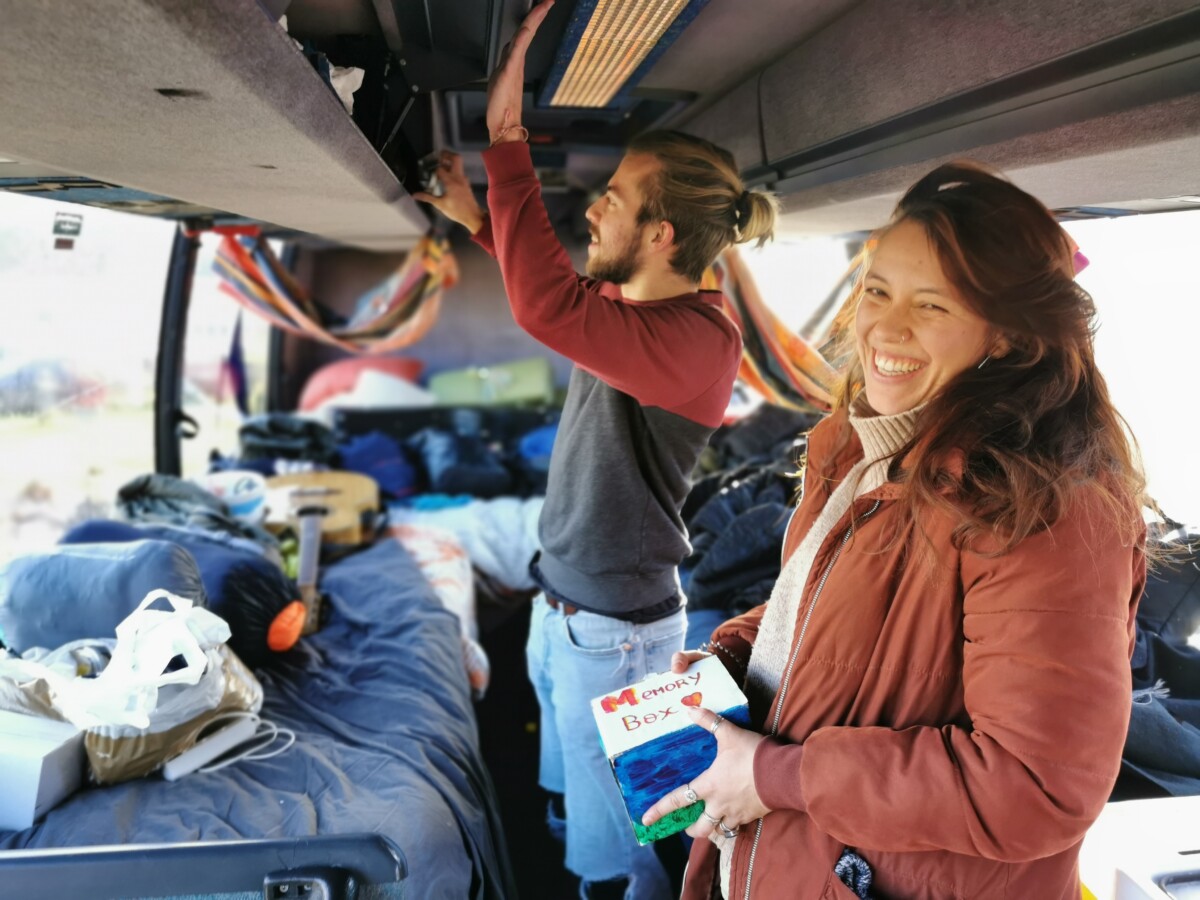
2. A high degree of reality.
According to different pedagogical theories, what is learnt at school must be relevant to the real life of the students – something that is often forgotten in traditional educational settings. Each student needs to see the value of what he is taught at school – and this happens best when a high degree of reality is integrated in the learning process. What does this mean?
Studying an issue or a topic by observing it first-hand, being exposed to situations that are not related to the school environment only but that are common to life outside of school. In other words, theoretical information is always to be understood in connection to its practical implications.
What does this look like, in practice?
Again, study travels are a good way to integrate a high degree of reality in the curriculum. Involving the students in the maintenance of the school facilities is another way in which our teacher training college includes a high degree of reality in its programme. After all, it is very useful for future teachers to realise what it takes to manage a school and take care of its spaces.
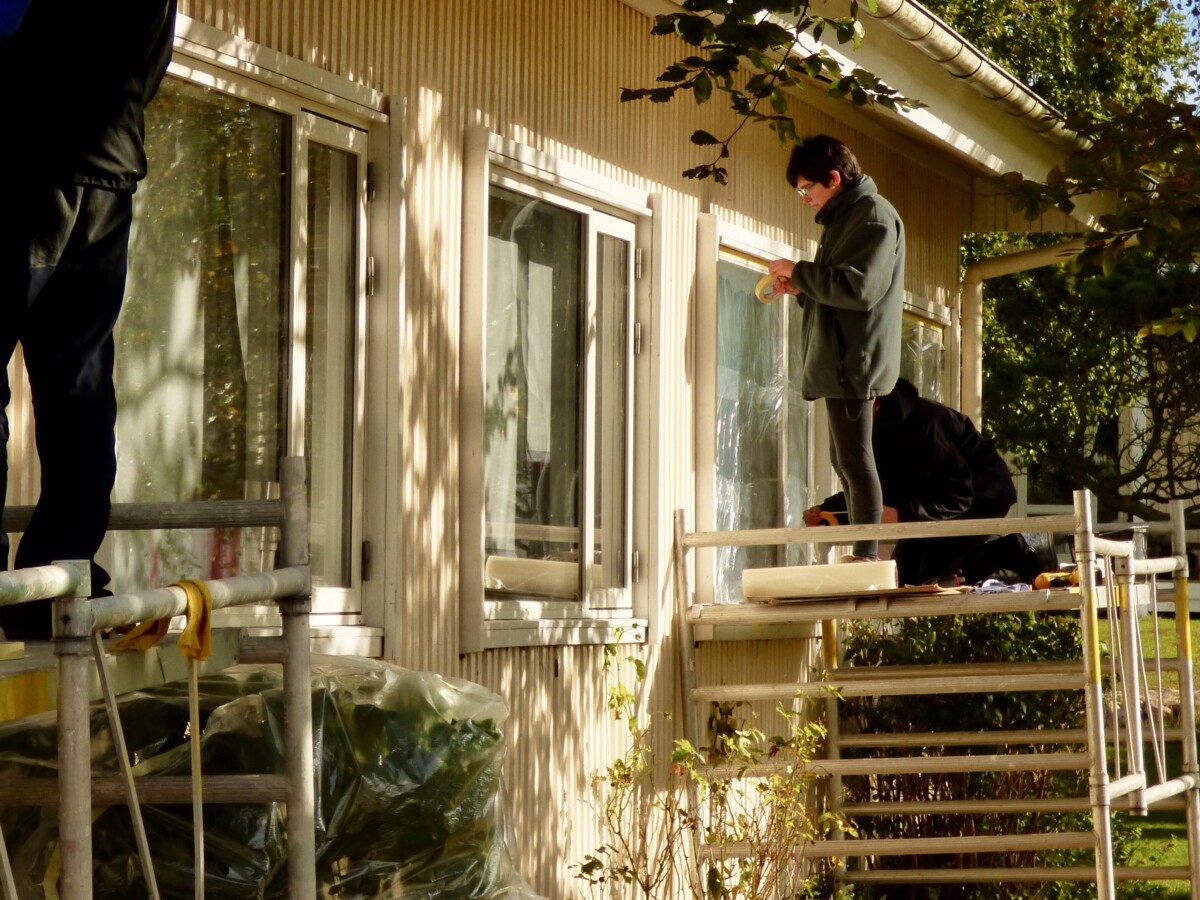
3. Understanding interdisciplinary connections and seeking overview.
For deeper learning, it is necessary to be able to draw connections between diverse concepts, subjects and spheres of life. It is also important that the students learn to gain clear overviews over what they study, building in their head a big picture of their knowledge that goes beyond boxed facts and that has clear practical implications. The traditional and stiff division in isolated subjects doesn’t promote this kind of holistic understanding, and sometimes makes it hard for students to understand the relevance of what they study, and to reach a proper understanding of the world.
What does this look like, in practice?
An exercise that can help the students to understand the connections between the things they learn is to ponder the political, economical, social and cultural implications of the things they study and they experience. Generally, aiming for the real understanding of a topic and refusing dry memorisation will help the student to develop and form their own ‘big picture’ of it.
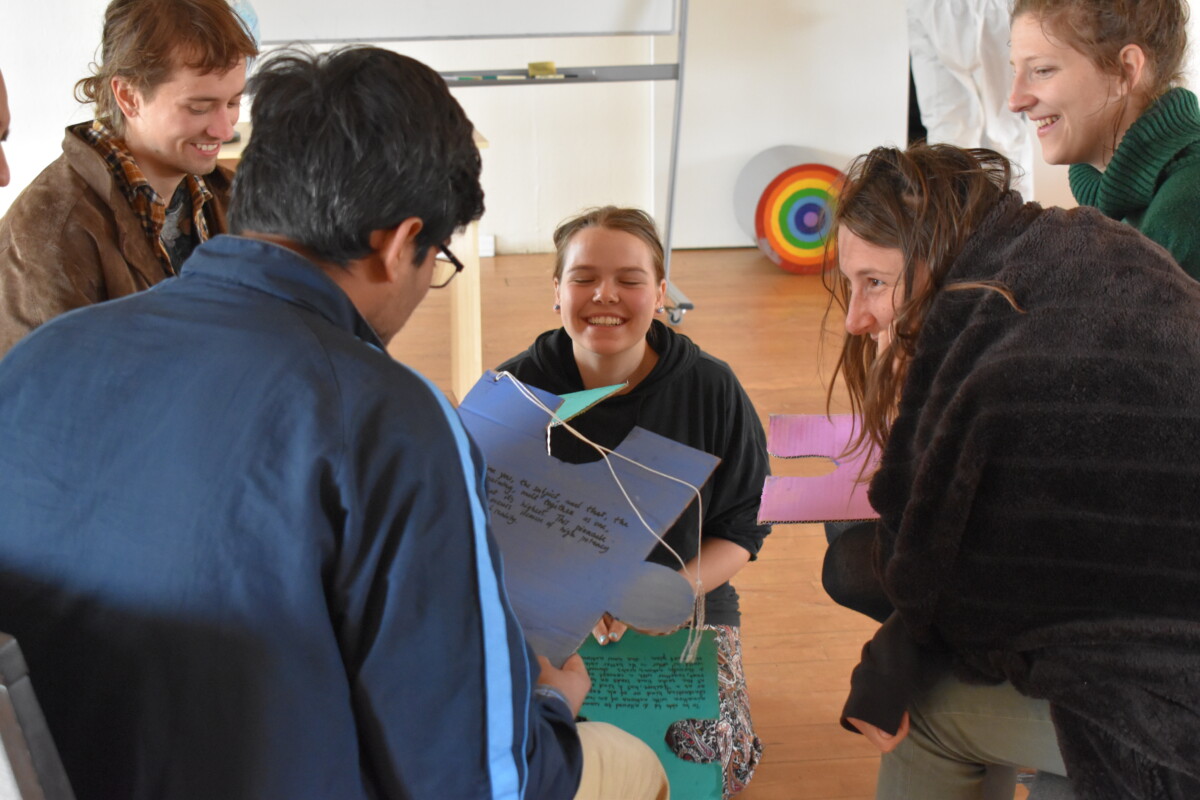
4. Learning generates motivation.
A well-rounded learning programme is mentally stimulating and intrinsically motivating for the students. Growing and learning new things is exciting, and understanding how the world works is one of the deepest driving forces of humanity. If going to school has become boring, something must be drastically wrong with the way schools are being led. Studying is not meant to be something the students have to get through just to obtain a degree, but an involving learning experience that has a significant impact on the personal development of the student.
What does this look like, in practice?
Diversifying the learning periods, setting the learning process in real-life settings and challenging experiences, encouraging reflections over the student’s own growth and understanding of the world are good ways to involve the student in his own learning and to make it motivating. One example of this principle in practice is our European Reality period – when our students move to a European city of their choice, find a flat and a job, study, and organise cultural and social events. The exciting setting and the many challenges of this period make for a truly involving and motivating opportunity to learn about Europe, the people they meet and themselves – among many other things.
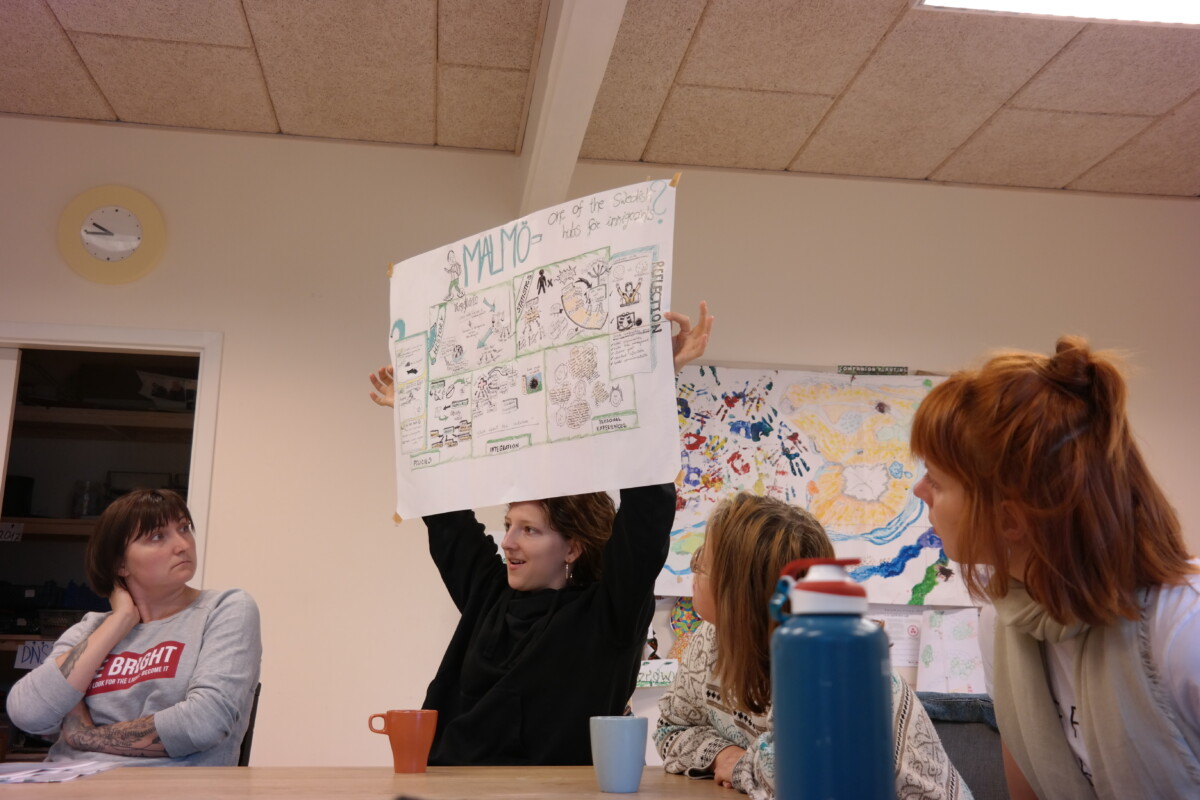
5. Immersion of the learner.
Learning is not a few-hours-per-day activity, but it is something that happens in every moment of our lives, whether inside or outside the classroom and whether inside or outside school hours. Alternative education wants to help students realise this and take ownership of their own learning process – as an ongoing, holistic activity. In this sense, often alternative educational programmes prefer teaching the students how to learn and what mindset will favour their learning, rather than notions and facts themselves.
What does this look like, in practice?
This principle is perhaps the most alternative and curious aspect of our college. Our students do not attend the programme for a few hours everyday, but they adopt it as their lifestyle. Everything they do while they are enrolled – from taking exams to cooking for the community – is part of an immersive learning experience that allows them to expand and develop in diverse areas of life. As future teachers, they are encouraged to think that learning doesn’t necessarily have to happen in the classroom, and that their students’ learning experience, too, is a full-time process.

6. Self-determination of the learner.
Putting the student in the lead of his own education is often a common idea in alternative education. After all, it is the student that will have to take charge of his own development and life once he concludes his school cycle. The student, then, should be put in the position in which he has to take decisions, solve problems and face challenges – in short, in which he is responsible for his own growth.
What does this look like, in practice?
The DNS students don’t just have their whole programme planned out with solid guidelines, but they are required to take active initiative over their own education. This can happen because the programme is created to leave a lot of space for students to solve problems and make decisions. What will they do, if the bus breaks down in the desert during the 1st year travel? Or how will they solve conflicts with their students, in the 3rd year teaching practice?
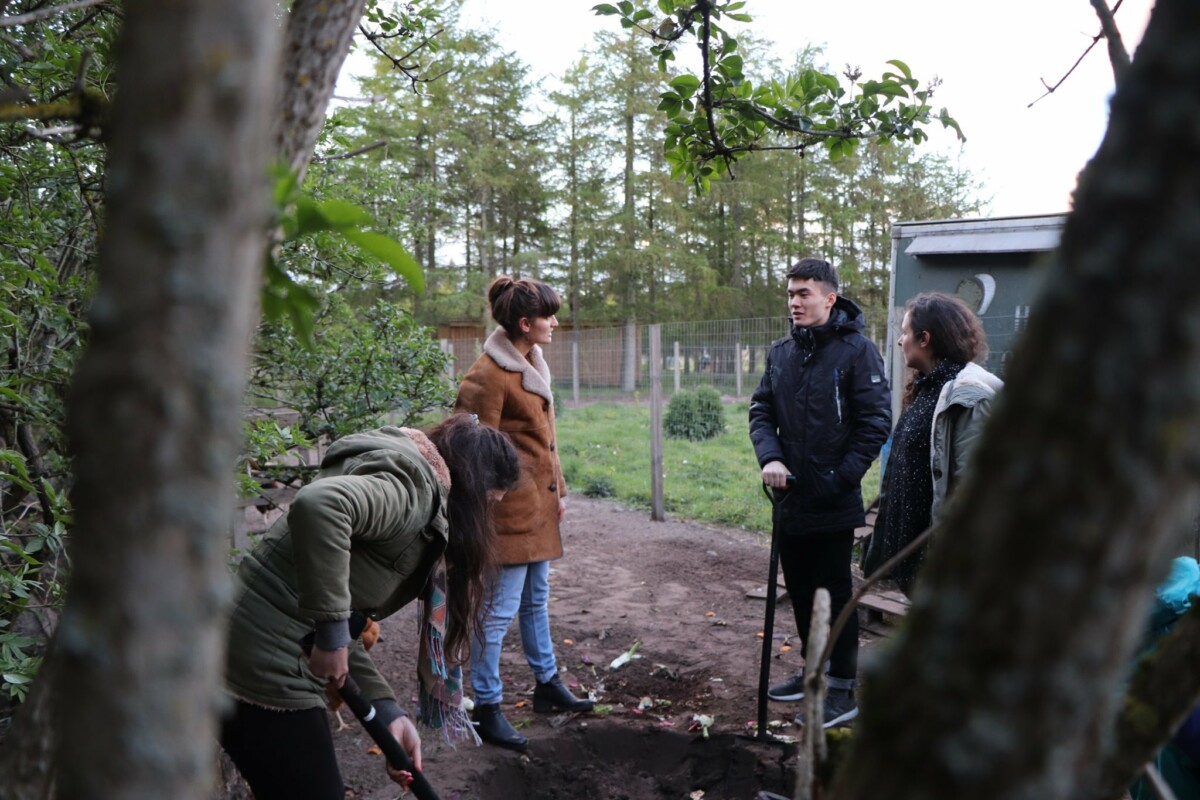
7. A focus on collectivity.
The capacity to unite, work and make decisions with other people is a fundamental skill for anyone in society. Humans are born with a natural capacity to collaborate with others, but it is necessary that they are given the space to train and test this capacity to develop healthy social skills.
What does this look like, in practice?
One way in which these skills can be developed is by focusing on team settings and team work. If you think about an ordinary class in a traditional school, individuals of that class are not required to collaborate to achieve things together. Having a team-based setting as the fundament of our school pushes everyone to train and develop their cooperative skills on a daily basis. As a practical example, our students only take exams if everyone in their team is prepared for it: in this way, their studies become a collective responsibility.
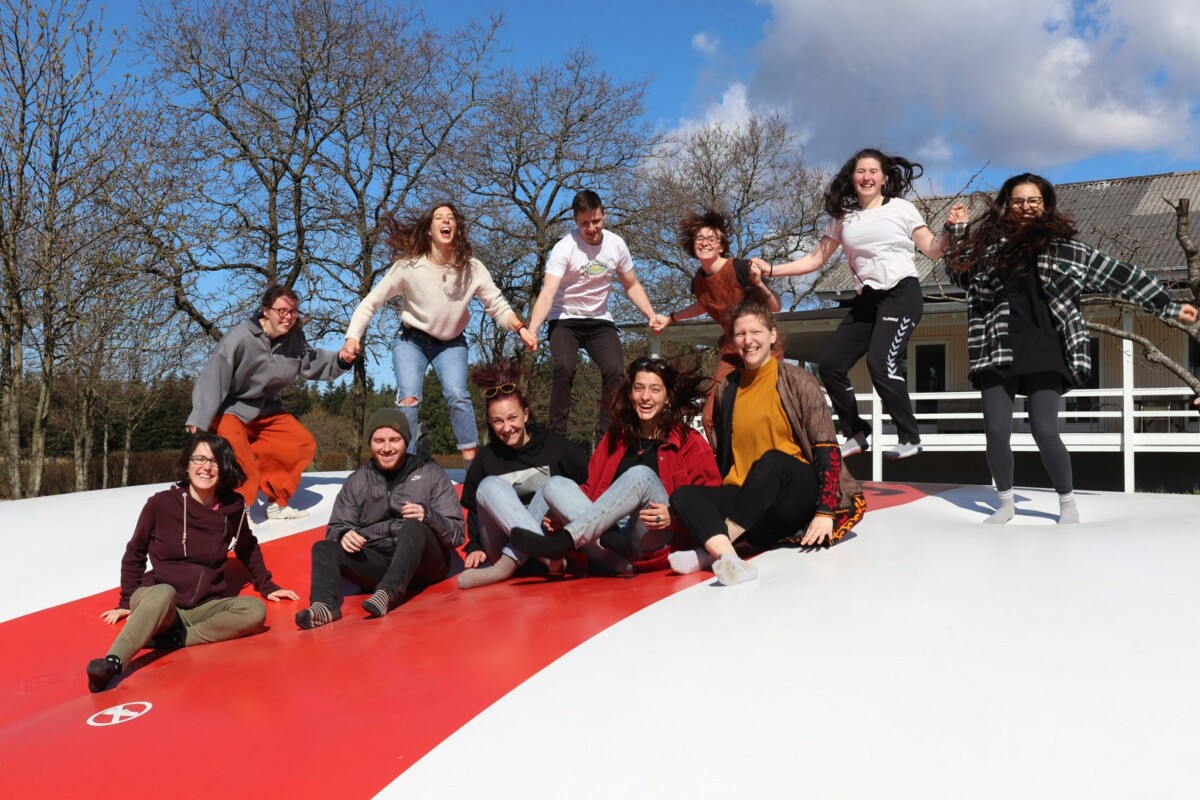
8. Flexibility and space for students’ initiatives and creativity.
Students should have the space to bring their own passions, hobbies and initiatives to their learning environment, and should be supported in what truly drives them to learn. Every child and every person has different preferences and inclinations, and alternative education rejects the idea that a one-size-fits-all curriculum is good enough for all the students.
What does this look like, in practice?
In our case, individuals and teams can propose and start up new projects that they deem relevant. Students might decide to include new topics to their studies by organising courses and conferences, for example, or they might decide to create an organic vegetable garden in the campus to eat healthier food.

9. A focus on students’ mobility.
Meeting real life and people, observing new realities and different cultures is beneficial to the students’ understanding of the world and of their own society and personal identities. This is a common belief of many schools of thought in the scope of alternative education, and many modern courses encourage the students to experience life in different countries, through Erasmus programmes and other types of study travels.
What does this look like, in practice?
This principle is easier to picture in practice for those who are not acquainted with alternative education, as it starts to be quite popular in traditional educational settings, too. In our school, as you have already understood, seeking mobility and different perspectives happens through travels and flexible periods of the programme.

10. The role of teachers in alternative education
Just like for traditional education, teachers remain an important figure of the learning process and bring a lot of value to the learner. Instead of being those who retain the knowledge, who set the rules and carry the responsibility of the learning, though, teachers are more of a support figure in alternative education. Teachers can inspire, guide and assist the learner in their personal journey. It is the learner, though, who is ultimately in the lead of their own education, and no teacher can do the job in their place.
What does this look like, in practice?
The DNS programme is not something people are generally accustomed with, or prepared to do from previous education. Every team is then paired with one or more teachers who already went through the programme, to guide and participate in the learning process of the students. Our DNS teachers are considered members of the teams, and therefore participate in the decision making process as every other teammate – with no more or less power. Their presence can often help the students to make sense of their learning experiences and to get the most out of their education.
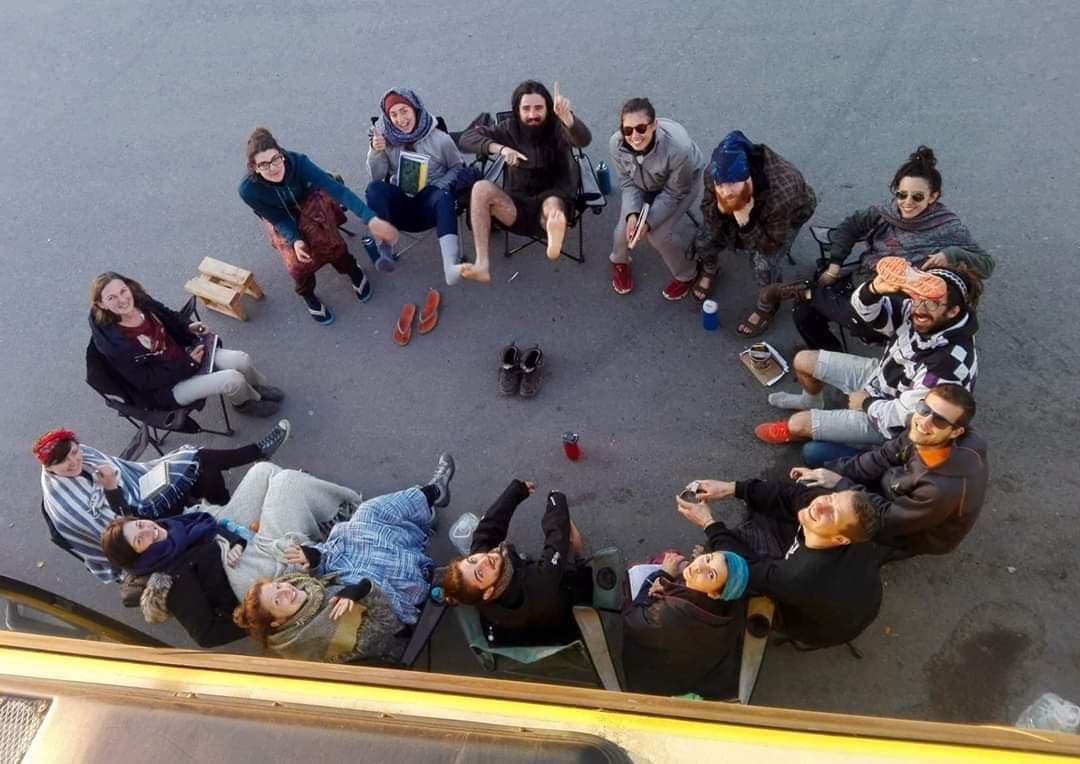
Conclusion
As mentioned before, ‘alternative education’ comprises a broad spectrum of pedagogical theories and educational practices. These ten ideas, though, should help you to form a sense of some of the principles that stand at the basis of alternative education.
As shown by the example of our college (among many), alternative education is not limited to primary schools, and although less popular, it is possible to find secondary and higher education that practice these pedagogical principles. Non-traditional schooling, in short, aims to correct the flaws of its traditional counterpart. Its goal is to raise healthy, capable personalities who are competent across different spheres of life and who are empowered to have a positive impact on the world they live in.
Doesn’t that sound good? Our college, too, strives to live up to these principles and to contribute to a positive change. If alternative education is something that interests you, learn more about our work here.
FAQ: alternative education in a nutshell
What is alternative education?
Alternative education is a broad categorisation to indicate the vast spectrum of pedagogical theories and practices that aim to correct the flaws of the traditional educational system. Although it comprises different schools of thought and theorists, some main underlying ideas are common to many forms of alternative education.
What is the purpose of alternative education?
The goal is to raise healthy, capable personalities who are competent across different spheres of life and who are empowered to have a positive impact on the world they live in. For this reason, alternative education aims to transmit skills and values, too, not bare theoretical knowledge.
Is alternative education limited to primary schools?
No. Contrary to popular belief, alternative educational methods can be successfully applied in secondary and higher education, too. In the article, we will give examples of how these ideas are applied at our Bachelor course.
What are some of the ideas at the core of alternative education?
In this article, we propose 10 underlying ideas common to many alternative pedagogical theories. One example is the combination of theory and practice. Whilst traditional education has a tendency to focus on theoretical studies only, practice and experiences are valuable to the students’ learning process and growth, and therefore should be integrated in the curriculum.
In a nutshell
Ten fundamental ideas often lie at the core of alternative education. They are:
1.Integration of theory and practice;
2. A high degree of reality;
3. Understanding connections and seeking overview;
4. Learning generates motivation;
5. Immersion of the learner;
6. Self-determination of the learner;
7. A focus on collectivity;
8. Space for students’ initiatives;
9. Students’ mobility;
10. The role of teachers in alternative education.
These ten pedagogical principles are also the fundaments of our pedagogy at DNS.
Our Bachelor in Alternative Education forms non-traditional teachers through an unconventional, innovative programme.
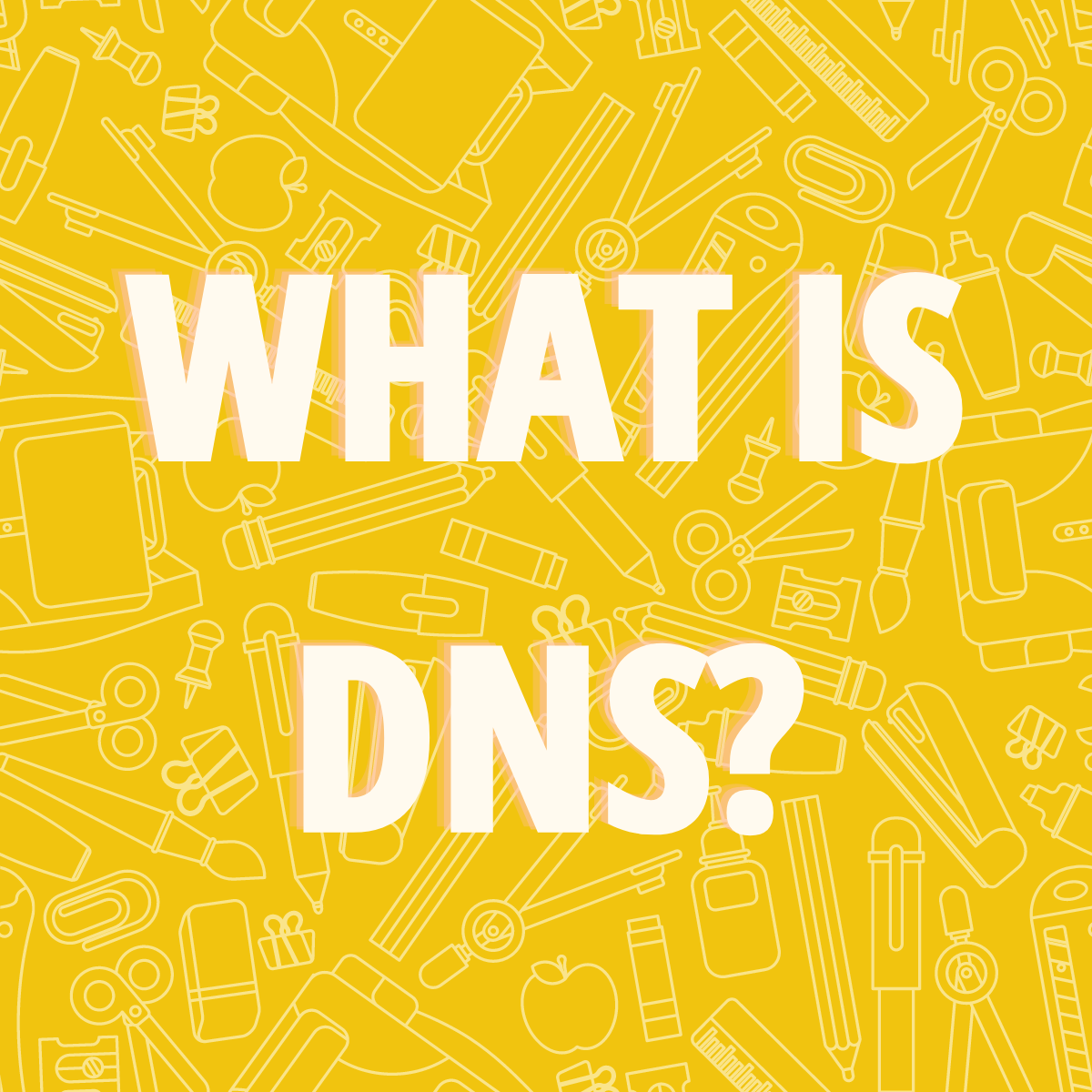
What is DNS?
“The Necessary Teacher Training College” is a Programme in Alternative Education aiming to train progressive personalities who are able to understand and respond to the challenges of our times.
Since DNS was established in 1972, over 1.000 graduates have played an important role in bringing quality education to children and youth, as well as in all sorts of other projects and development programmes worldwide.
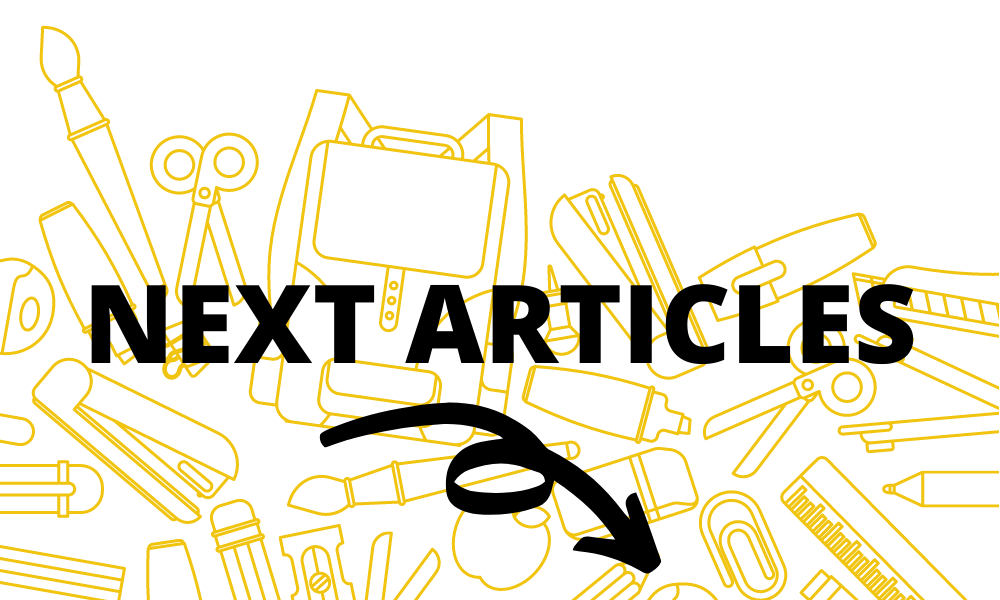
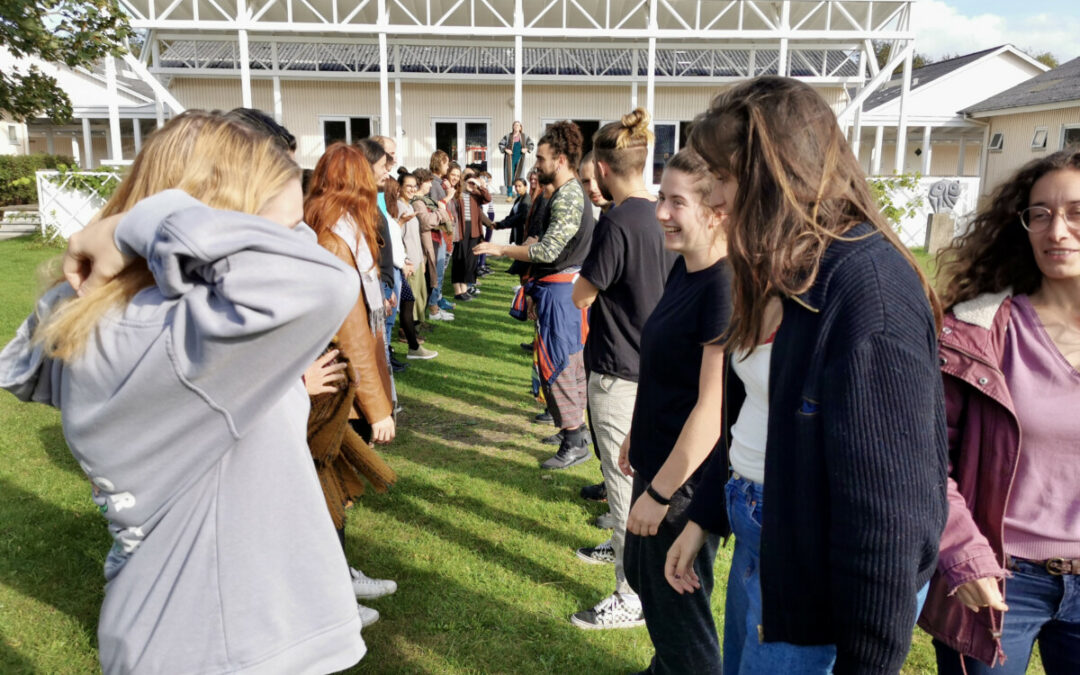
10 surprising elements of community life
If you are curious about what it is like to live in a community, here are 10 elements of community life that you might find surprising – drawn from the collective experience of our 50-year-old Community in Denmark.
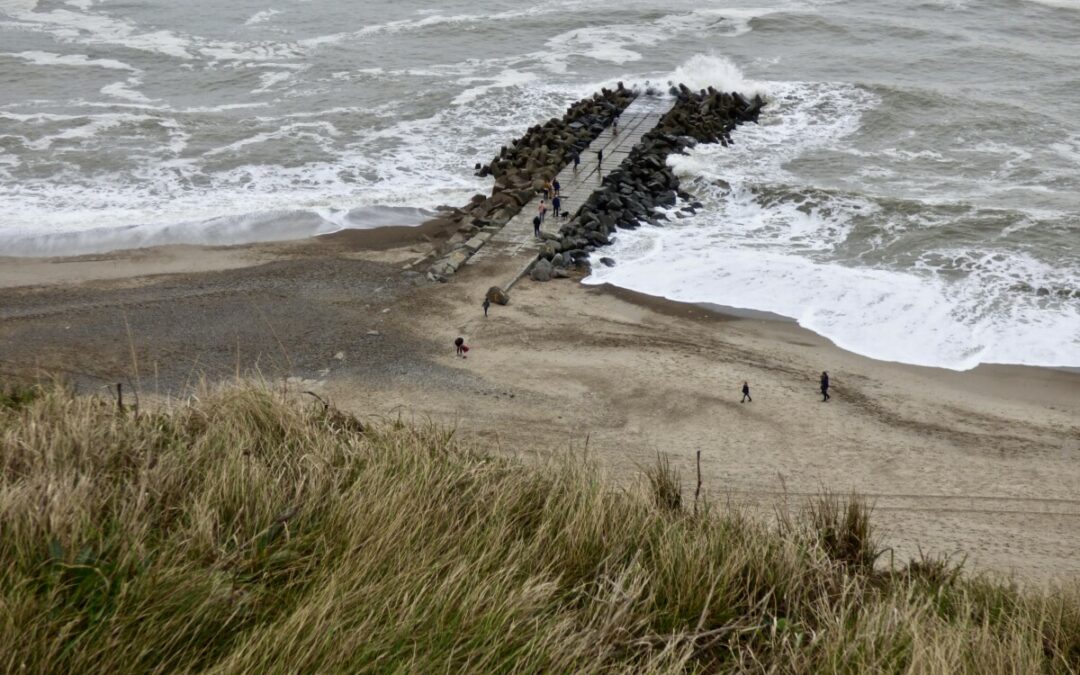
Student experiences: “The white noise around Climate Change”
Information about Climate Change is vastly available – yet there is little we understand and act upon collectively. Are we educated enough to face the upcoming crisis? And do we need a new vocabulary to better understand and interpret this major issue?
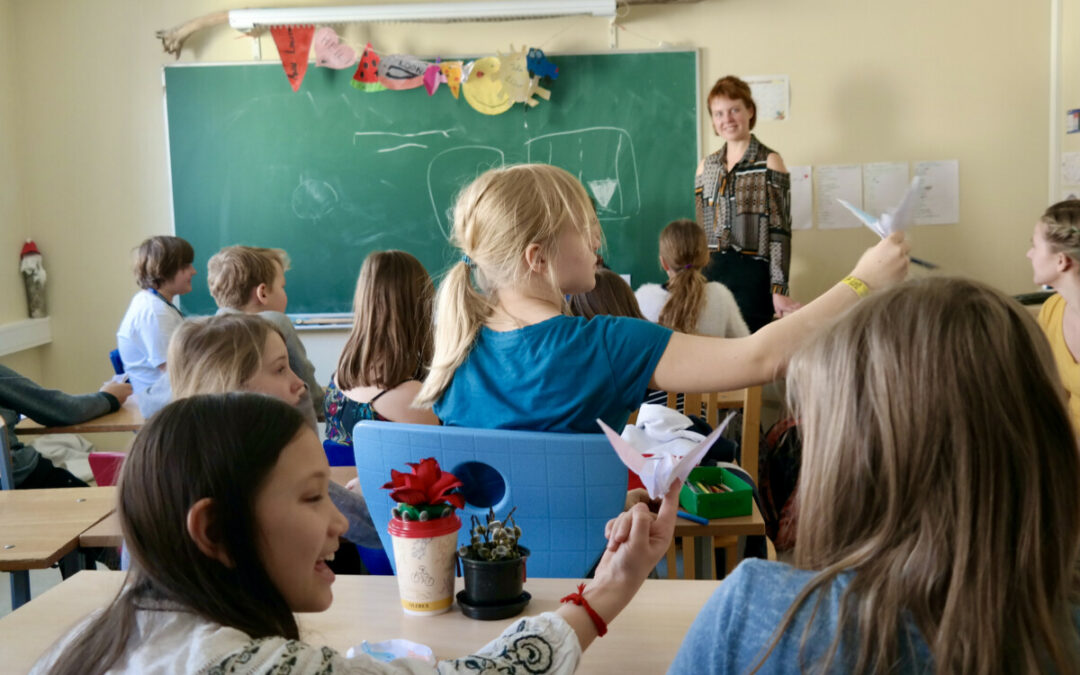
How can we prepare the next generations for the challenges of the future?
What does the future have in store for us? How can we help the next generations to deal with a future of challenges and struggles caused by the failures of the past?







Let’s start a discussion!
Did you like this article? Let us know what you think in a comment!
“Alternative education aims to raise healthy, capable personalities who are empowered to have a positive impact on the world they live in.”

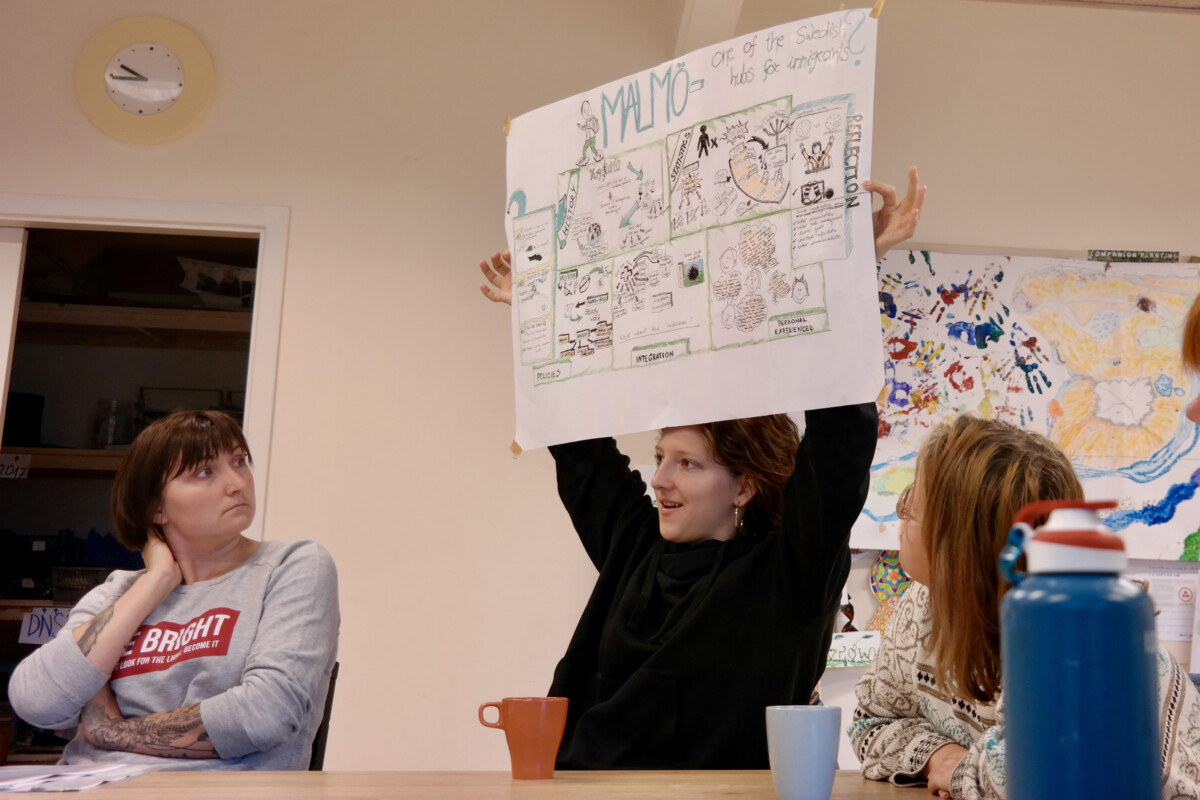
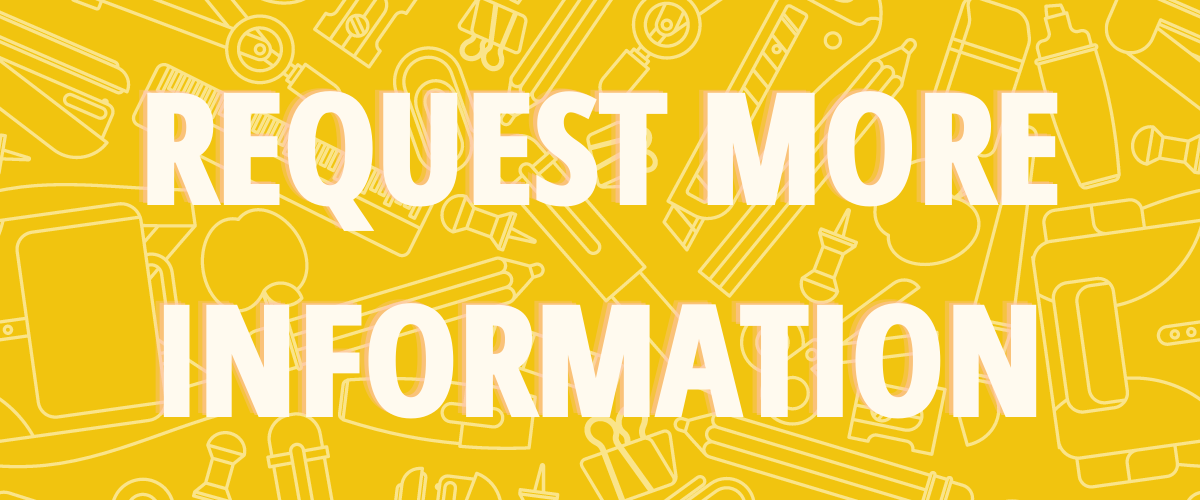

I love this updated version of the old pedagogical principles! 💛
It is also so helpful to have the examples described in the “What does this look like, in practice”, it becomes more clear what it is all about.
I am totally stealing this for our website – with your permission? I will credit you, of course. 🙂
I love to see this more detailed and abroad information of the program and the lifestyle. It does give a grasp of the reality itself!!
Thank you so much ❤️❤️❤️
I am so happy to read this article. It speaks directly to the traditional educational system in my country. I wish those in charge should lay hands on this. Of course with your permission, I would like to present a version of it to be published in the daily newspapers of my country. You will be fully acknowledged.. I await your response.
Thank you for your very nice comment, Paul! May I ask where are you from?
Sure, you can reuse this material however you prefer. Hope it does some good! 😀
Hello good time, I hope you are great
I also became very interested in this interesting system and idea
I will also try to join your system